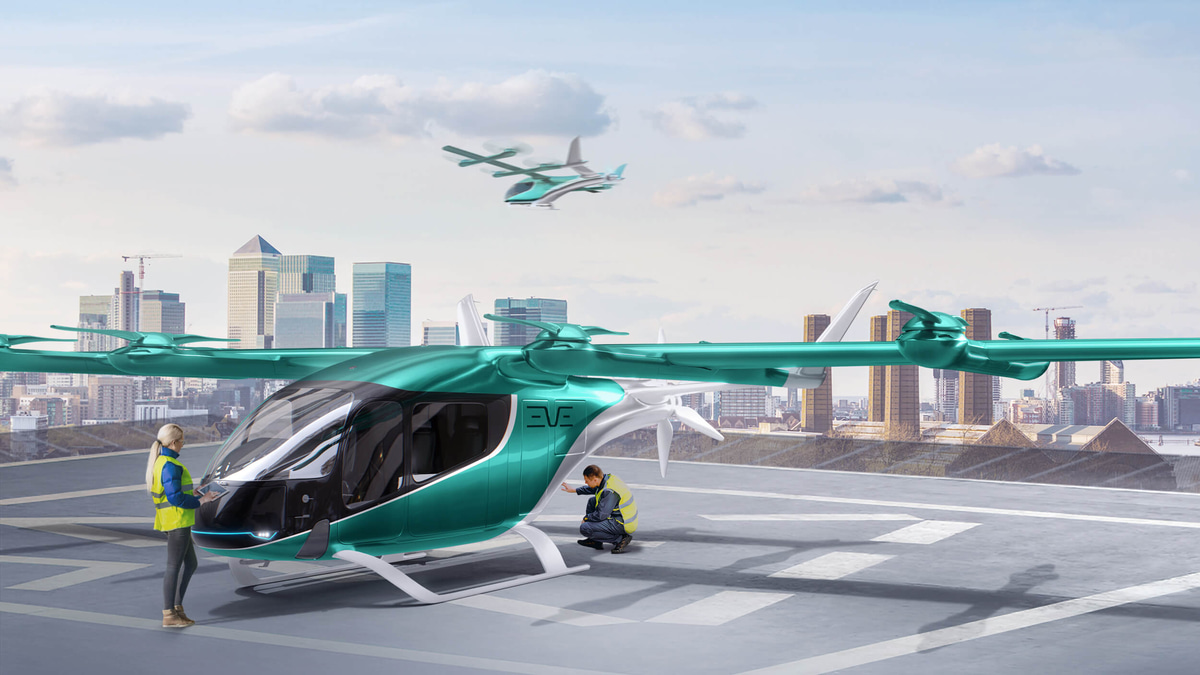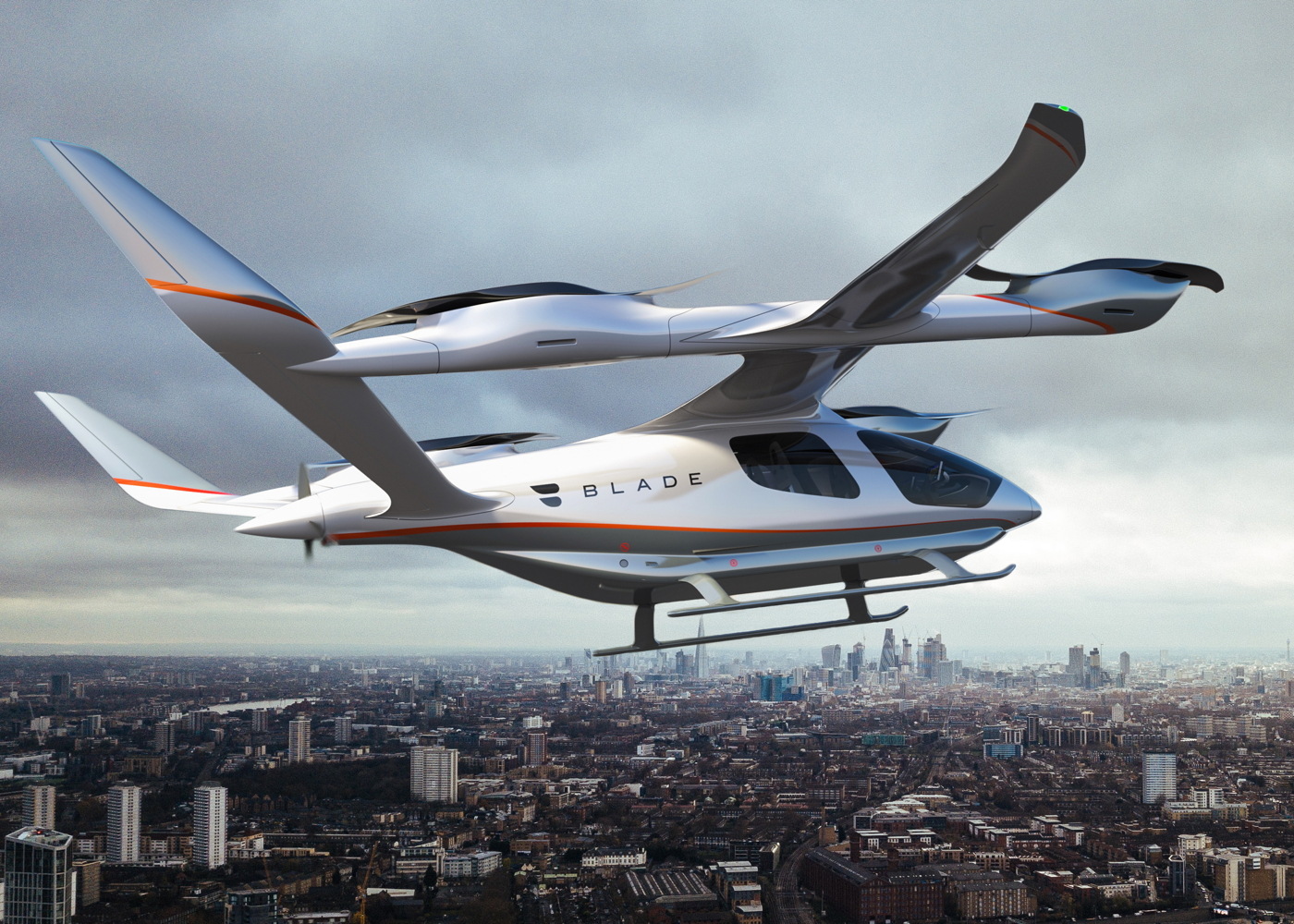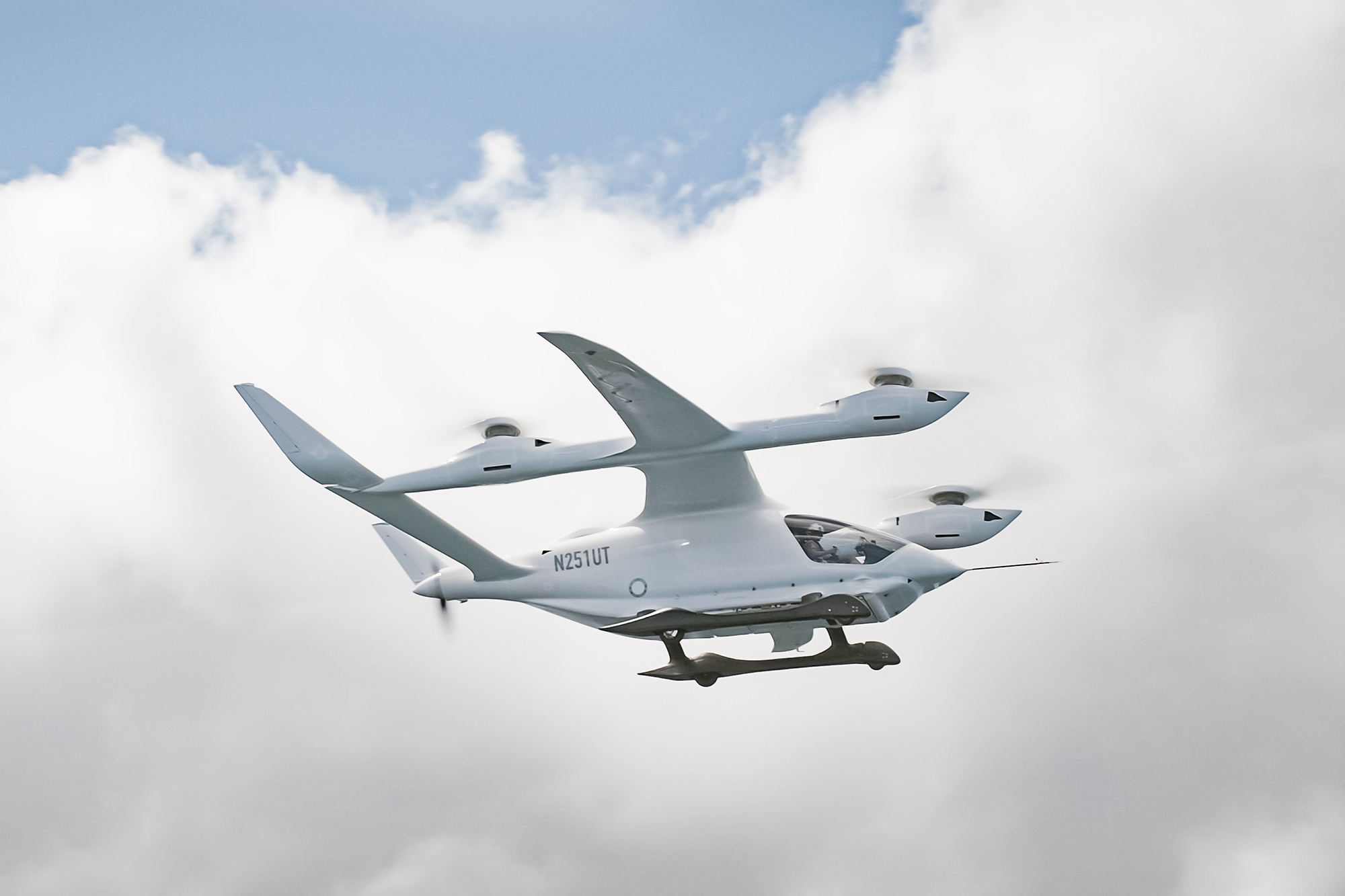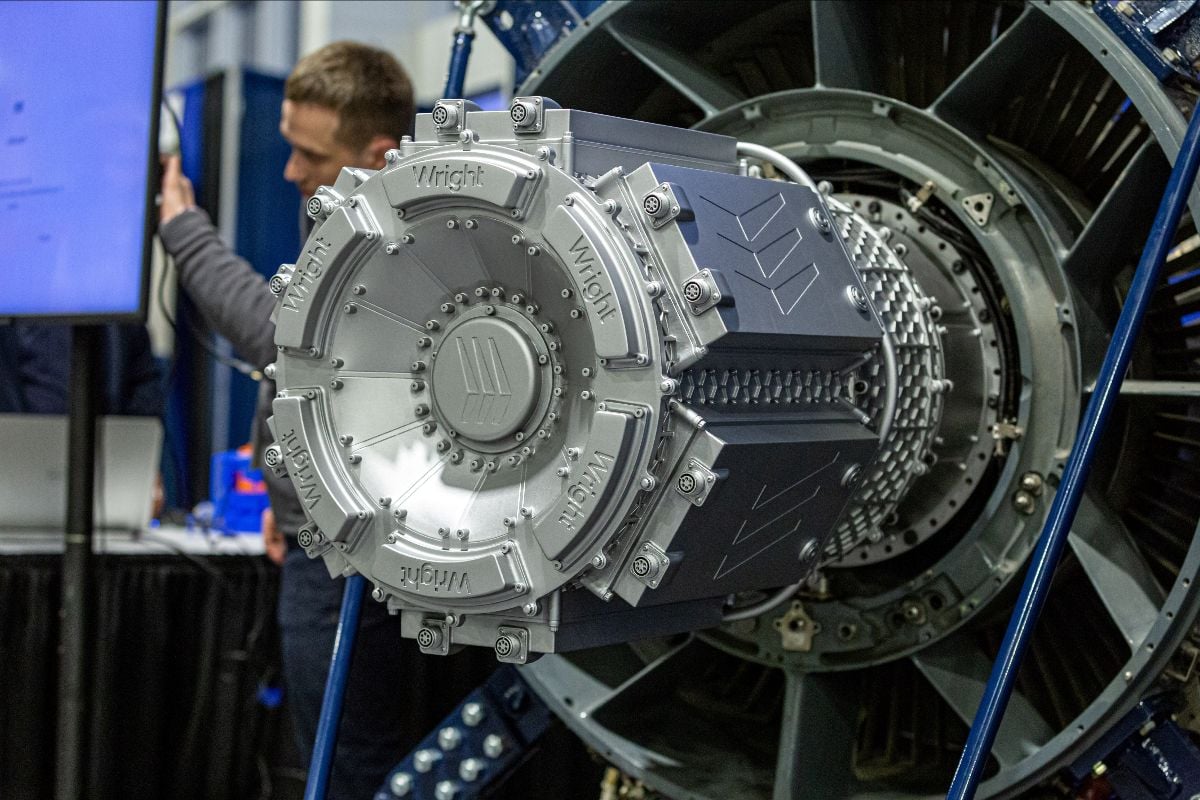
Multiple projects across Japan, South Korea, China, Singapore, Indonesia, India, Australia, and New Zealand are laying the groundwork for the wider Asia-Pacific region to stand at the forefront of new advanced air mobility (AAM) services. Often benefitting from strong government support, eVTOL aircraft manufacturers, including Embraer spin-off Eve Air Mobility and Supernal, are stepping up work with local partners to establish air taxi and other public service applications to begin in the second half of this decade.
The companies bill the all-electric aircraft as revolutionary not only in alleviating congestion on gridlocked roads in major cities but in terms of aviation’s need to decarbonize. In some cases, the development of hybrid-electric vehicles would deliver longer-range and greater payload than eVTOLs, which generally carry no more than four passengers 100 or so miles on a single charge.
Consultants at Singapore-based Alton Aviation closely track prospects in the AAM sector and believe the island state is well-placed to become an early adopter of eVTOL aircraft. Singapore officials have cooperated with several manufacturers including Eve, as well as Germany’s Volocopter and European aerospace giant Airbus, which is preparing to start flight testing a prototype of its four-passenger CityAirbus NextGen aircraft. Alton director Alan Lim also sees neighboring such as Malaysia, Thailand, and Vietnam as holding promise in Southeast Asia’s emerging AAM market.
The more prominent eVTOL frontrunners, most notably Silicon Valley start-ups Joby and Archer, tell investors they remain on schedule to complete type certification of their eVTOL vehicles around the end of this year—in time for commercial flights to launch in 2025. Given that as recently as last year the FAA continues to refine its requirements while pitching some new curve balls over factors such as flight diversion energy reserves, some observers believe the timeline could extend beyond today’s expectations.
China Achieves eVTOL World-First but with Strings Attached
Last October, the Civil Aviation Administration of China (CAAC) issued a type certificate to Guangzhou-based, Wall Street-listed EHang for its two-seat EH216-S vehicle. The approval appeared all the more remarkable given that the aircraft will operate entirely autonomously, a feature that Western regulators appear nowhere close to approving for passenger-carrying operations.
Although remarkable, the CAAC’s approval only cleared the way for limited initial flight operations under close supervision and EHang continues working to secure the production and airworthiness certificates it needs to progress to series production. There can be no doubt that the Chinese government’s emphatic backing for AAM initiatives as part of a national plan to stimulate the so-called low-altitude economy of the People’s Republic factored into EHang’s fast track to certification. But, equally, the highly focused start-up has taken control of its own destiny, taking advantage of the latitude granted by the CAAC to conduct many hours of flight trials.
Alton director Joshua Ng told AIN that while autonomous flights ultimately will prove the best path to accelerate the development of AAM, he expects to see a gradual approach in China with EHang and other local start-ups including AutoFlight and TCab Tech. “When we think about the crawl-walk-run approach in the context of a centralized [state] like China, the crawl phase will mean a limited certification at first, so we don’t expect thousands of vehicles to start and there could be quite limited operations before the envelope expands,” he explained.
While type certification remains the most immediate goal for eVTOL pioneers, Alton’s experts insist that 2024 needs to be the year that work escalates to build the complex ecosystem required to support AAM flights. This year’s efforts will include ground infrastructure, such as vertiports and electric battery recharging units, as well as new processes for air traffic management. “There is really no standardization at the moment in terms of building this whole ecosystem and companies need to understand the journey doesn’t end with certification,” Ng reflected.
Eve Air Mobility and Supernal Take a More Patient Approach
The more patient approach could suit eVTOL developers like Supernal, which enjoys the backing of South Korean automotive group Hyundai, and has given itself a projected 2028 service entry date for its four-passenger S-A2 model. In October, Supernal announced a key partnership with Korean Air to focus on market requirements, trial operations, and supporting infrastructure.
Like Supernal, Overair is based in California, but has Korean backing, in its case from industrial group Hanwha Systems, which is supporting efforts to bring the five-passenger Butterfly aircraft to market in 2028. Last year, Overair launched a project with local partners on Jeju island, 50 miles off the Korean peninsula, to expand and decarbonize its transportation services. Its provisional customer base includes HeliKorea, which has committed to taking 20 of its aircraft.
In November, Eve Air Mobility forged a joint venture in India with Hunch Mobility, a joint venture between Blade Air Mobility and Hunch Ventures, to bring eVTOL air services to cities across the vast country, starting in the tech-industry hub Bangalore. Eve, which aims to certify its four-passenger eVTOL in 2026, already has in place AAM partnerships in South Korea and continues work with Singapore-based rideshare booking platform Ascent on plans to offer flights in Singapore, as well as Tokyo, Manila, and Melbourne.
Boeing’s aspirations in the AAM sector are focused on its now wholly-owned subsidiary Wisk Aero. Like EHang, Wisk is intent on delivering and operating an entirely autonomous eVTOL aircraft with no pilot on board.
Textron also is investing in the emerging sector through its eAviation business unit. The U.S. helicopter division Bell has taken a leading role in the development of the Nexus eVTOL vehicle, while eAviation concentrates on other electric aircraft projects through its Slovenia-based Pipistrel subsidiary.
While largely seeking to plot their own course to market, many of the eVTOL start-ups have turned to established aerospace groups for key systems. This trend has seen Honeywell’s AAM team involving itself with multiple programs as both an avionics and propulsion partner. GKN Aerospace also is carving out a role in the sector based on its expertise in composite aerostructures.
Also present in the AAM contingent at the 2024 Singapore Airshow, Swiss start-up Daedalean remains intently focused on harnessing artificial intelligence and machine learning to support advances in flight automation and autonomy. Honeywell is an early investor in the company.












